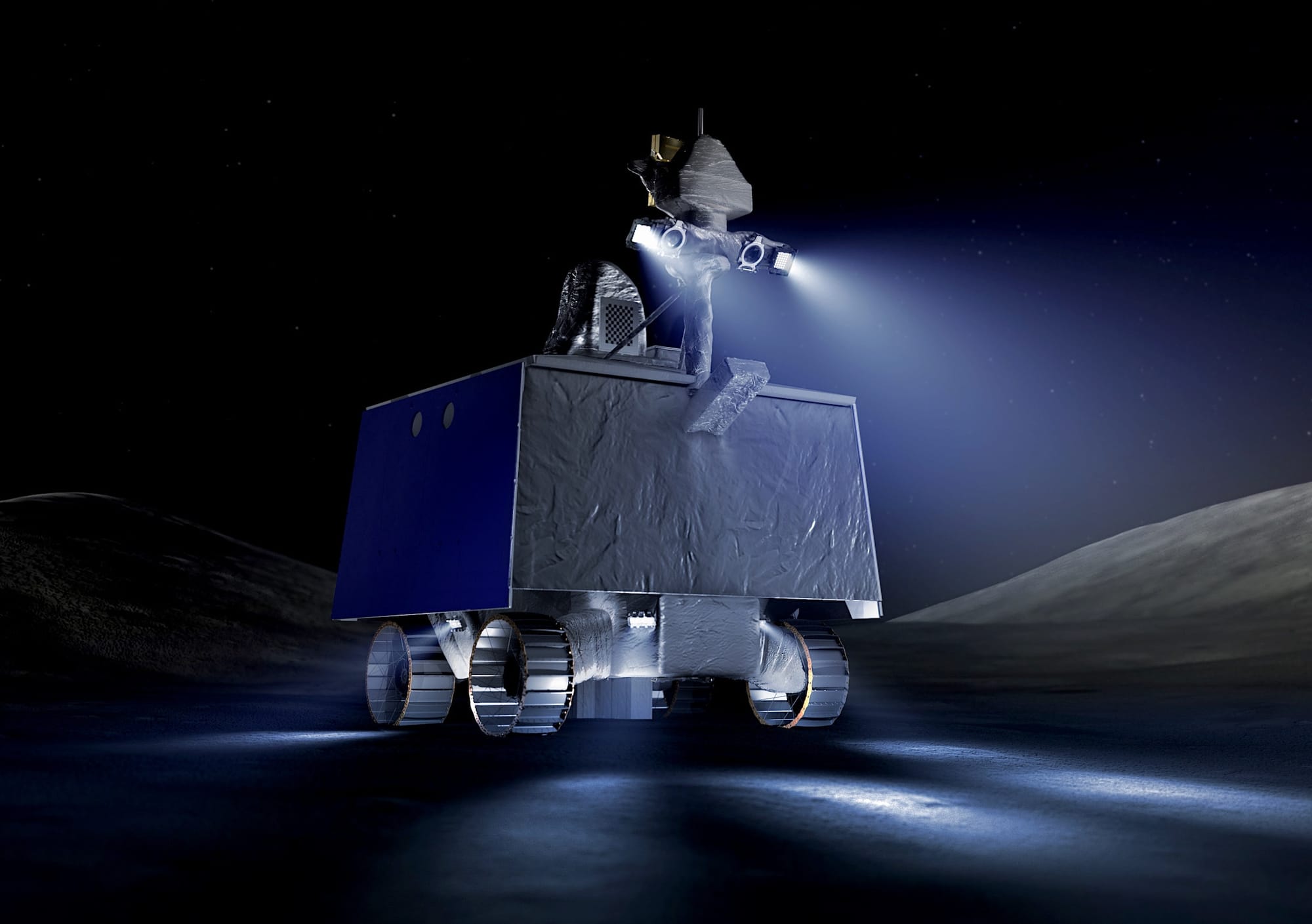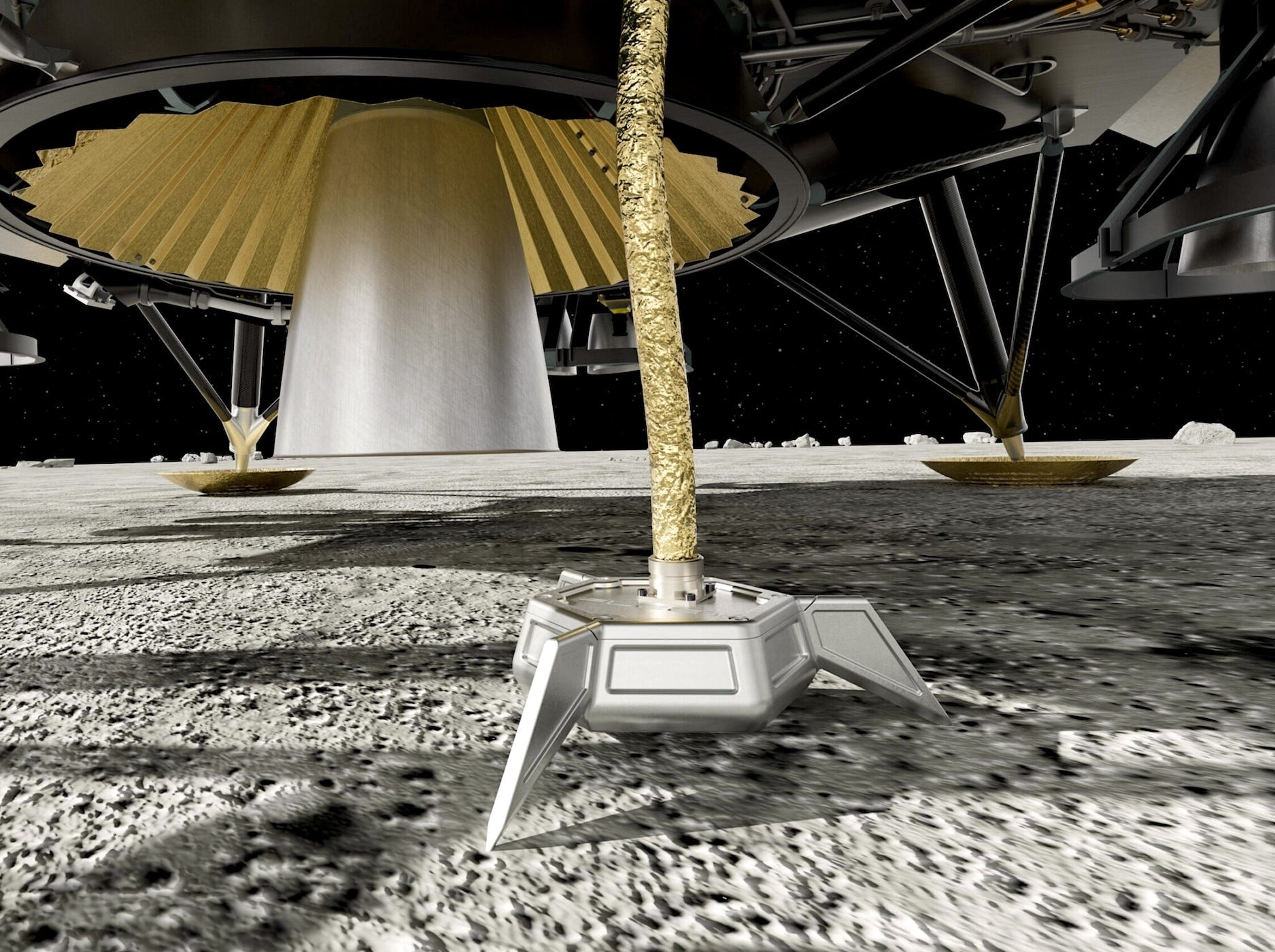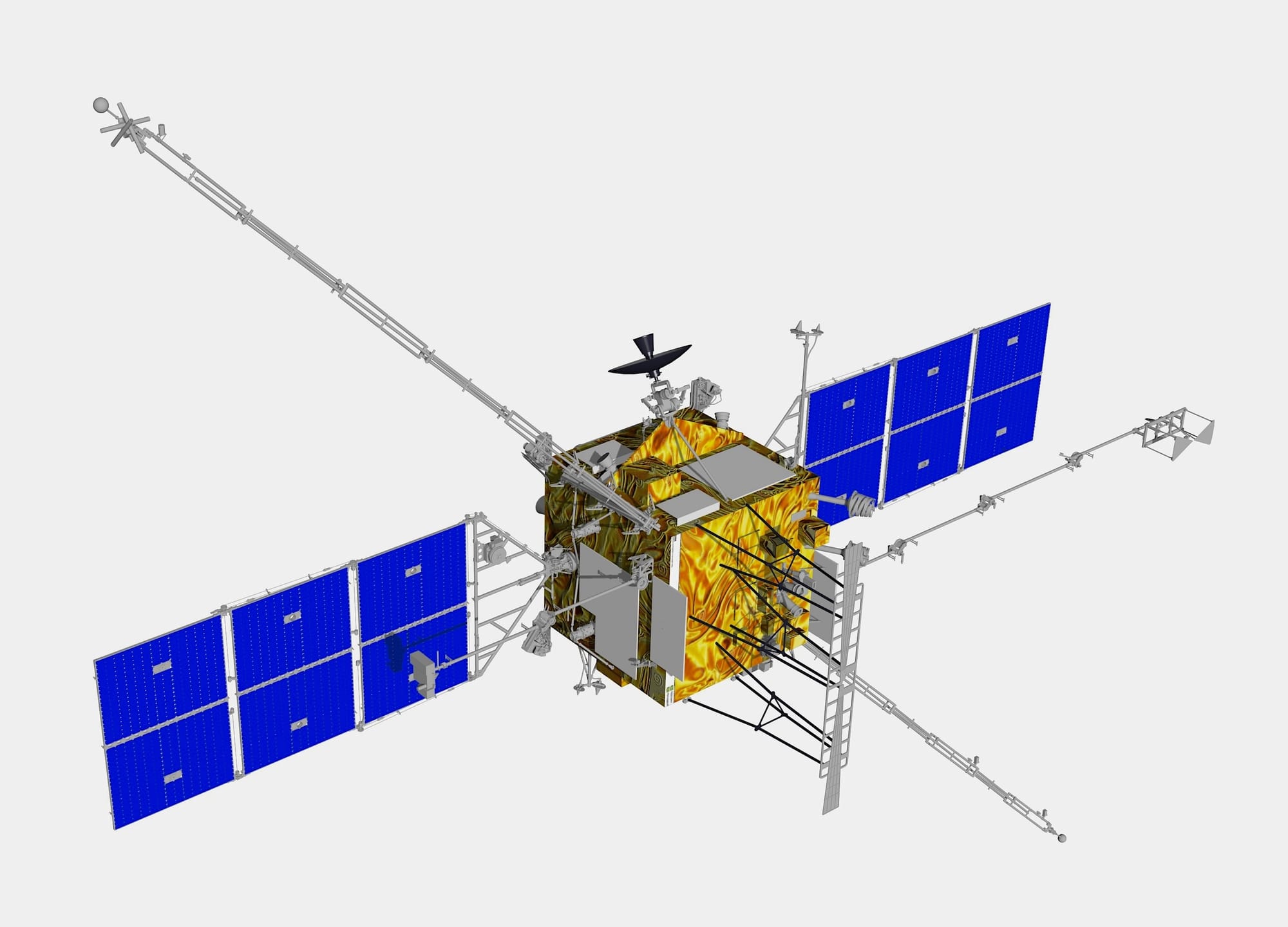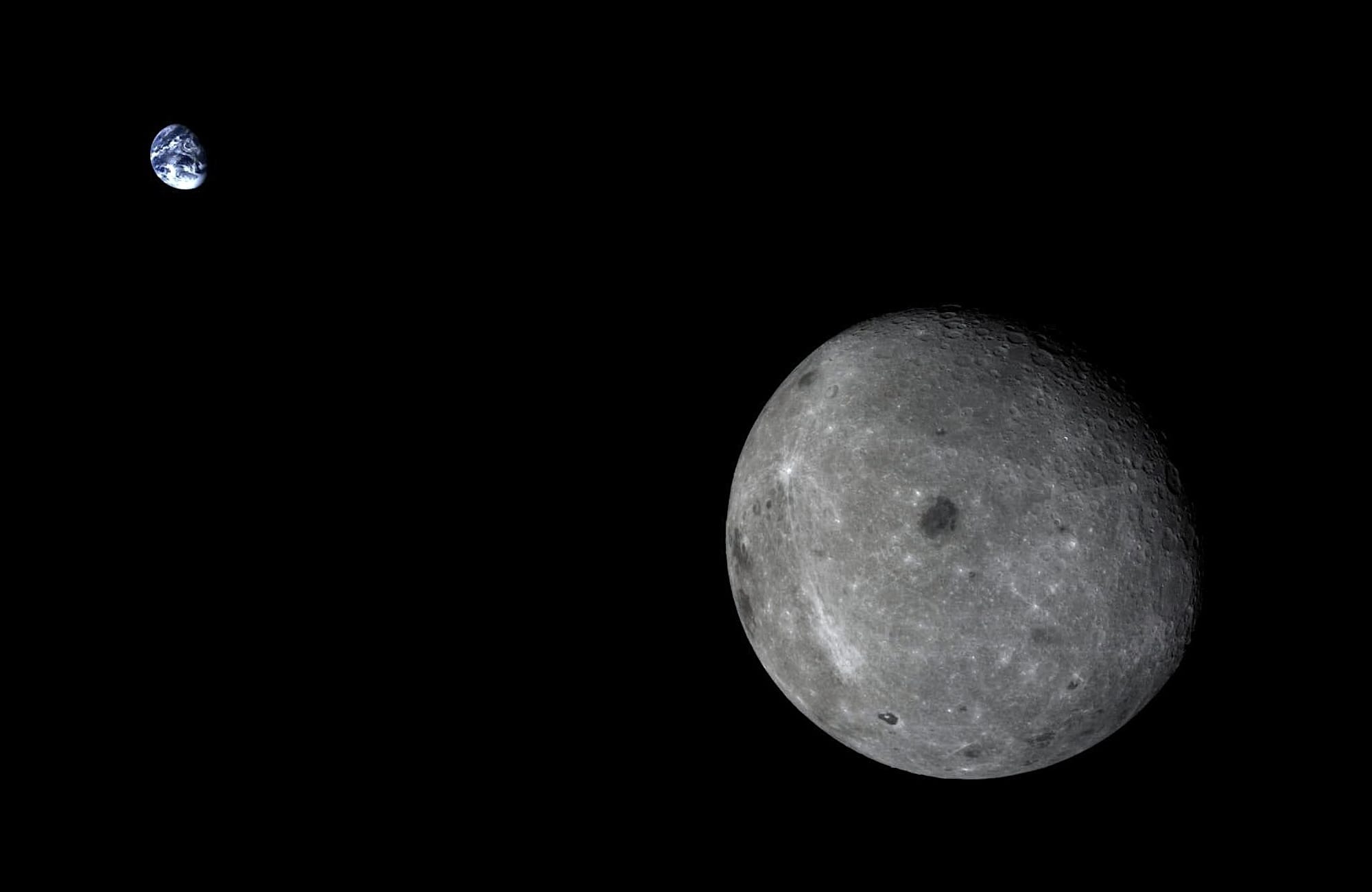Moon Monday #192: From trying to revive VIPER to advancing Australian lunar technologies
The latest effort to save VIPER

Members of the US Congress are stepping up efforts in the ongoing scramble to save the VIPER rover mission, which was envisioned to uniquely study lunar water deposits. Specifically, representatives in the House Committee on Science, Space, and Technology wrote an open letter to the NASA chief on September 6 questioning the agency’s intent to cancel the mission by remarking on its strategic and scientific implications. The letter then elicits NASA to provide alternate paths that could be pursued to revive the mission.
Hopefully, this effort goes well but to truly save VIPER as envisioned, ultimately the US Congress needs to provide the necessary additional funding to NASA, which is not the case right now. Jack Kiraly reported recently that the US Senate’s NASA funding proposal for FY2025 does not include an explicit mention of VIPER or any funding increase necessary to save the project. Note that this situation is worse than the earlier one, wherein the draft NASA budget from the US House of Representatives—the lower house in the US Congress—had at least proposed up to $75 million extra in funding for lunar science. As Michael Greshko noted then, it could’ve potentially allowed NASA to allocate needed funding to VIPER—albeit at the cost of some other mission or program since the overall budget remains flat. Now with the Senate proposal, even that doesn’t seem to be an option.
What can us enthusiastic observers do in the meantime while this scramble plays out? You can increase support for VIPER’s revival by signing a letter addressed to members of the US Congress—even if you’re not a US citizen like myself.
Aussie advances toward Luna continue
Australia’s latest lunar technology building effort comes from the energy company entX, who is building a radioisotope heater unit (RHU) that utilizes nuclear power to enable landers and rovers to survive frigid lunar nights for “several months to up to five years.” Following funding from the Australian Space Agency’s Moon to Mars initiative for a feasibility study and an early prototype, entX is now building the RHU with the notable support of the Australian Nuclear Science and Technology Organization (ANSTO). The ultimate intent is to fly the RHU on a US lunar surface mission, wherein the key challenge will be to navigate the US’ Nuclear Flight Safety and Launch Approval process.

entX’s RHU project represent the latest advance in Australia’s ongoing strategy to enter the US space industry supply chain with NASA as the key partner. Last year, also as part of Moon to Mars Demonstrator Grants, the Australian Space Agency funded three lunar technology projects:
- $3.4 million to Advanced Navigation for providing US-based Intuitive Machines with a LiDAV navigation sensor for the company’s second or third CLPS mission. The Micro Nova hopper from Intuitive Machines could also use said LiDAV sensor for autonomous navigation.
- $3 million for a ground station for the NASA Artemis Orion capsule’s high bandwidth optical laser communications terminal in support of the Artemis II crewed circumlunar flight. Relatedly, the US and Australian governments co-announced in May 2023 that Australia will establish a new ground station to support crewed Artemis missions. Conversely, Intuitive Machines utilizes commercial ground station services from CSIRO’s high-bandwidth Parkes dish in Australia for its robotic lunar missions.
- $2.4 million to Fleet Space for building a miniature seismic station called SPIDER on the lunar surface that will work for up to 14 Earth days. Firefly announced last November that its second Moon lander, aiming to touchdown on the lunar farside in 2026 as part of NASA’s CLPS program, will carry and deploy the SPIDER payload. The seismometer will operate by tapping into lander-provided power and communications services, much the same as how the seismometer deployed by ISRO’s Chandrayaan 3 lander operated. SPIDER will offer scientists insights into the physical structure and nature of the local crust and subsurface, including hints of resources such as water ice.
Also see: Another seismometer enters the Moon chat
Many thanks to Astrolab, Kris Zacny, Kyle Acierno and Marc Rayman for sponsoring this week’s Moon Monday!
If you too love this curated community resource, join them and support independent writing and journalism, via PayPal, UPI or Patreon (less preferred).
More mission updates

- Following the Russian Luna 25 lander’s crash on the Moon last year, the Director General of Roscosmos Yury Borisov had said that the agency planned to launch the Luna 26 polar orbiter a year earlier than originally planned, that is, in 2026 instead of 2027. Now, TASS reports Russia’s First Deputy Prime Minister also stating the same intent. However, planetary exploration missions by Roscosmos continue to face delays since substantial funding has been diverted to Russia’s invasion of Ukraine and to counter its diplomatic effects. Either way, when Luna 26 does launch like its predecessor Luna 25 eventually managed to, the orbiter will contribute useful data towards planning of the China-led long-term scientific station at the Moon’s south pole called the International Lunar Research Station (ILRS). That’s so because the orbiter’s primary goal is to map the distribution of water ice and minerals on the Moon from altitudes as low as 50 to 80 kilometers. Relatedly, Russia signed a law on June 12 ratifying its involvement in the China-led Moonbase.
- ESA is hiring research fellows to study the lunar radiation environment via the agency’s scientific involvement in the upcoming NASA-led Gateway lunar orbital habitat. Alternately, the agency is also funding proposals from research fellows that advance lunar surface prospecting and resource utilization technologies via landed missions, such as the recently announced European PROSPECT payload.
- Speaking of the Gateway, NASA engineers are progressing well on the mini water dispenser that the station’s astronauts will use to rehydrate their food.
More Moon

- Andrew Jones reports that on September 5, Senegal became the 13th country to join the China-led ILRS Moonbase project. Jones also notes how a total of 10 subnational institutes from the UAE, Switzerland, Pakistan, Indonesia, Africa, Panama, and Serbia also formally joined the ILRS project, bringing the number of non-country signees to around 25.
- The Global Exploration Roadmap document from the International Space Exploration Coordination Group (ISECG) has been updated for 2024, after six years. The document focuses on upcoming robotic orbital and surface missions from many countries around the globe which could act as necessary capability demonstrations before crewed exploration can be sustained the future. The document goes on to say that these missions “form a de-facto international polar exploration campaign” but that’s farther away from where global lunar exploration stands right now. While Section 8 of the US-led Artemis Accords does promote member nations—and not private entities—to share scientific data with the international scientific community, we’ll have to wait and see if it extends beyond active partnerships like NASA-KARI and within ISRO-NASA, wherein data from the South Korean and Indian orbiters is actively used to plan Artemis missions.
